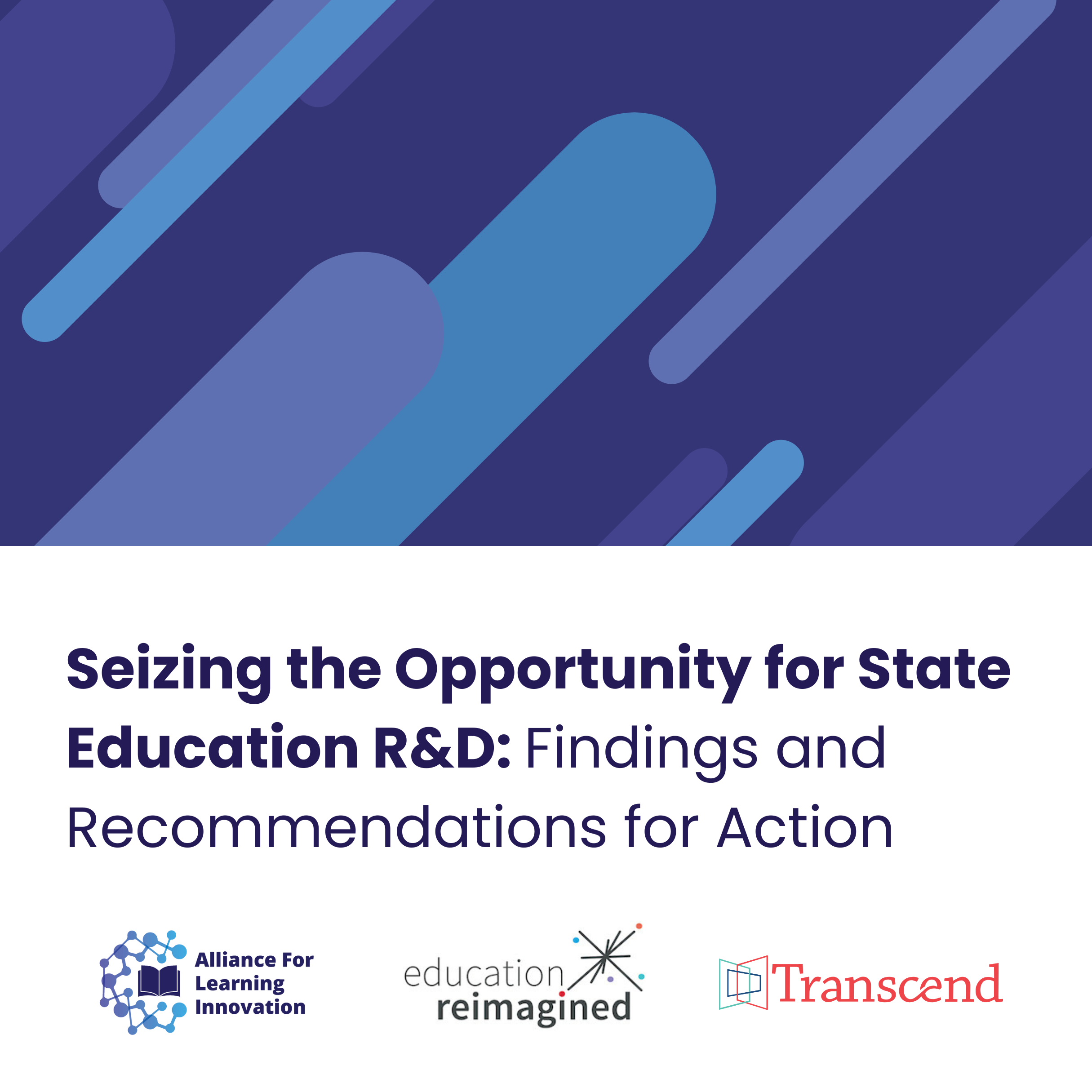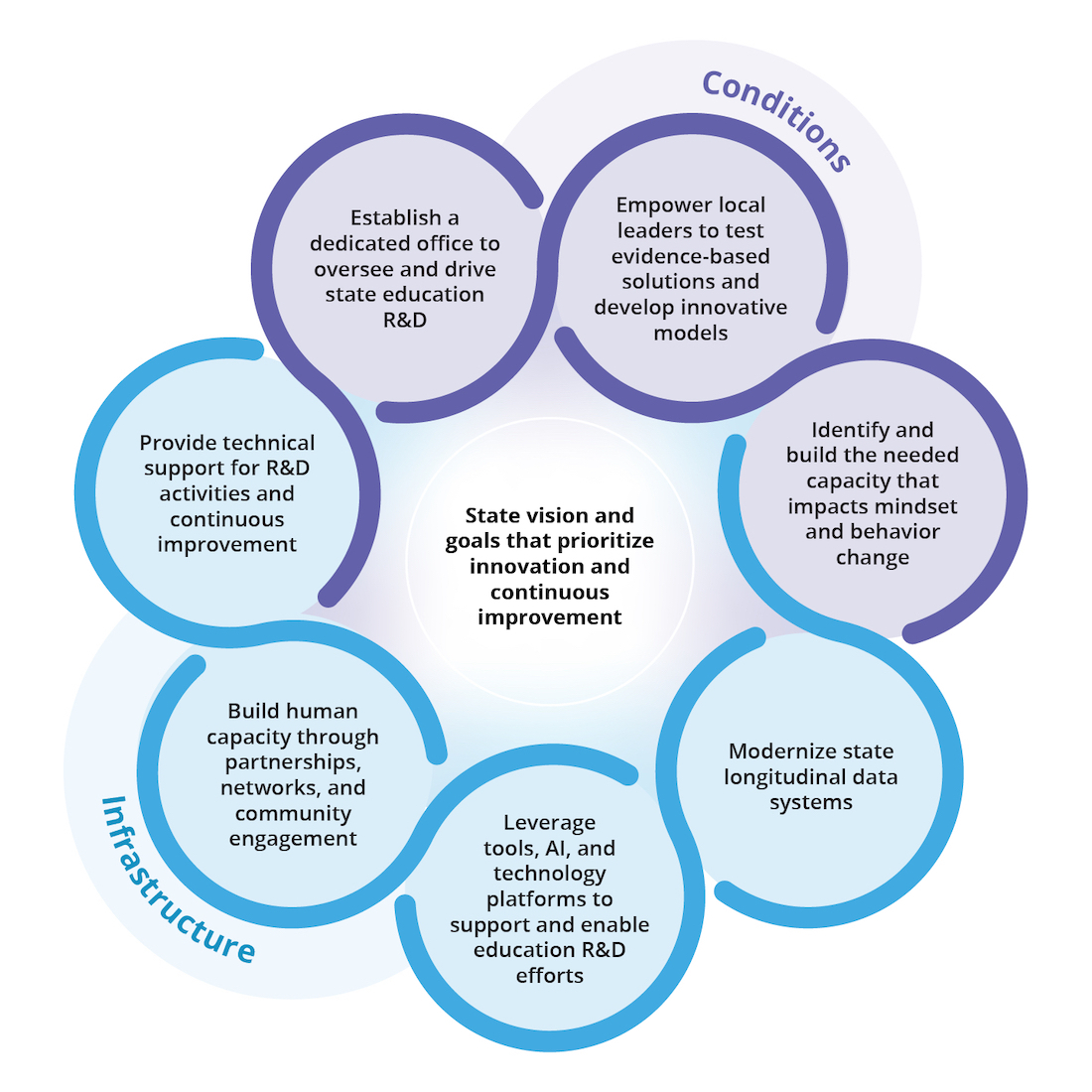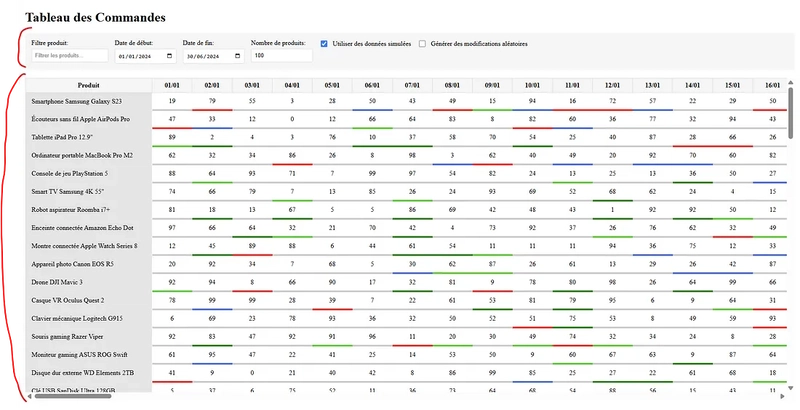State Education R&D: A Catalyst for Innovation, Continuous Improvement, and System Transformation
State education R&D investment in education fosters personalized, competency-based learning and innovation for enhanced learner outcomes. The post State Education R&D: A Catalyst for Innovation, Continuous Improvement, and System Transformation appeared first on Getting Smart.

By Sarah Bishop-Root & Leslie Colwell
What if a State Board of Education established a grant program to fund personalized, competency-based learning—from planning through expansion? Or a state agency joined forces with a public research university’s innovation hub to run cutting-edge lab schools? Imagine a state superintendent establishing a unit within their Office of Innovation to test bold ideas and tackle persistent educational challenges.
All of this is possible, and even underway, in states prioritizing innovation and using research and development (R&D) to identify, test, and scale solutions to enhance learners’ experiences and outcomes. And, these actions all hold promise as bipartisan catalysts for continuous improvement and system transformation.
Education Reimagined and Transcend, in partnership with the Alliance for Learning Innovation, gathered diverse perspectives across the education sector about the barriers and opportunities for state-level R&D investment and infrastructure. The goal of this research was to identify bright spots across the country, surface creative ideas for embedding R&D within systems, and turn insights into actionable state-level policy recommendations.
The resulting brief, Seizing the Opportunity for State Education R&D: Findings and Recommendations for Action, reflects 60 interviews and surveys with local and state education leaders from 15 states and staff from foundations, advocacy organizations, and higher education institutions.
The research surfaced several key themes:
1. When states establish a strategic vision and goals to reimagine education, a clear roadmap for innovation emerges. Examples emerged of states co-creating clear strategic visions and goals in partnership with community stakeholders. However, states do not often define or connect their strategies for research, development, and innovation. Many states provide flexibility for innovation without articulating their vision for education, leaving communities unclear about priorities. This can result in divided attention, resource strain, and fragmented implementation.
2. Sufficient resource allocation is essential to enable education R&D. States can play a critical role in ensuring dedicated resources exist for education R&D, including funding, human capacity, and technical support. However, this priority is rarely reflected in state budgets or organizational charts. The urgency of daily operations often crowds out capacity for developing novel solutions, while episodic funding limits potential for longer-term, sustainable research projects.
3. Mindset and culture shifts are required for sustainable innovation efforts. State education agencies have historically been compliance organizations, not empowered to help leaders and practitioners creatively solve urgent problems. Creating a climate open to R&D requires a fundamental shift in how educational change is viewed and supported.
4. Education leaders require time, authority, and support to innovate. The current system requires hoop-jumping of any school or system interested in R&D-driven innovation. While mechanisms like charter schools and innovation zones provide some autonomy, innovations still face constraints within the current paradigm. Without clear guidelines for policy exemptions—or when these flexibilities seem too burdensome —the desire to reimagine education remains low.
5. Research, design, development, and evaluation processes should align with community context and needs. Education R&D is often disconnected from community needs, assets, and challenges, with evidence rarely provided in timely, digestible, or actionable ways. Research inquiry and evidence are frequently designed for researchers to understand program impact rather than to help practitioners improve.
6. Strong relationships drive the successful development and implementation of research and solutions. In an evolving context where young people often don’t feel connected to or engaged at school, the source of trust and engagement comes from depth and quality of relationships. State education agencies can engage in co-creation with communities to generate shared accountability and sustainability in change efforts. Policies and initiatives put in place without strong cross-sector relationships miss opportunities to broaden impact.
How might these insights impact actions at the state level?
These key themes and ideas sparked eight actionable recommendations across two mechanisms: the conditions to incentivize and foster innovation in schools, and the infrastructure to support, evaluate, embed, and sustain it.
Conditions
- Establish a state vision and goals that prioritize innovation and continuous improvement. States must develop comprehensive visions that explicitly prioritize innovation and continuous improvement in education, serving as a north star for all R&D efforts.
- Establish a dedicated office to oversee and drive state education R&D. Whether housed within a state education agency or a partner organization such as a university or non-profit, SEAs need dedicated space and capacity to improve and reimagine education while fulfilling their legal and historical functions.
- Empower local leaders to test evidence-based solutions and develop innovative models. States can take several actions to smooth or even incentivize the path to innovation, providing conditions and resources needed at district and school levels.
- Identify and build needed capacity that impacts mindset and behavior change. State leaders can use their platforms to build broad, cross-sectional support for R&D infrastructure and embody the knowledge, skills, and mindsets required for educators to lead, conduct, and engage in R&D.
Infrastructure
- Modernize state longitudinal data systems. Robust and reliable data are the backbone of strong R&D, requiring modernized systems that link key data across sectors serving learners and that emphasize data-informed decision-making over reporting and compliance.
- Leverage tools, artificial intelligence, and technology platforms. States must prioritize making research and data more accessible and actionable for the field by integrating new technologies.
- Build human capacity through partnerships, networks, and community engagement. Success requires direct engagement with educators, students, families, and communities through partnerships and communities of practice.
- Provide technical support for R&D activities and continuous improvement. Even those who are predisposed to change need support to see it through. Sustained change requires dedicated resources for research partnerships, professional learning, and capacity building.
The path to transforming education through R&D requires intentional collaboration between state agencies, local communities, and education stakeholders. By implementing these recommendations holistically—addressing both conditions and infrastructure—states can transform systems to enable and empower community-based design and innovation. The time is now for state leaders to seize this opportunity and build robust R&D systems to drive the future of learning.
State examples follow to illustrate how these recommendations can materialize:
North Carolina: Centralizing Innovation and R&D Support in an Integrated Innovation Office
Under the leadership of former State Superintendent Catherine Truitt, North Carolina’s Department of Public Instruction expanded its Office of Innovation to serve as the state’s education R&D arm, integrating multiple offices into a cohesive effort bridging innovation and research. The office acted as an internal consultancy, developing tools like an ESSER Return on Investment calculator to help districts make data-informed financial decisions through visualization tools. Although the NCDPI was recently restructured with the transition of a new state superintendent, this approach is exemplary.
North Carolina also launched the Practitioners Network, partnering with the University of North Carolina and other institutions to support districts in developing in-house action research capacity. The state committed $500,000 to this effort, matched by the NC Collaboratory, funding thirteen research projects where districts are paired with university researchers to address challenges like chronic absenteeism and teacher retention.
Virginia: Lab Schools as Innovation Incubators to Solve Community Needs
Virginia allocated $100 million to develop “Lab Schools” that serve dual purposes: providing high-quality education while functioning as laboratories for testing innovative teaching methods. Old Dominion University manages these partnerships through its Center for Innovation and Educational Opportunity, coordinating research across nine lab schools.
The implementation demonstrates key principles for successful state R&D: dedicated funding ($5 million specifically for planning grants), streamlined applications, and timeline flexibility. As Dr. Karen Sanzo noted: “The state understood that we needed an on-ramp of at least a year, in some cases up to two years, to think, plan, and go on site visits.” The Center regularly convenes the network to determine essential metrics and review logic models, creating a community of practice around education innovation.
Colorado: Creating the Local Conditions to Transform the Student Experience
At King-Murphy Mountain School in Colorado, Scott Bain, a learner-centered leader and the school’s principal, shared how prioritizing mindset and culture shifts has made a positive difference for his community: “Our emphasis has been on creating a sense of belonging, respecting students for their individual strengths and passions, and increasing student agency and autonomy. Simultaneously, we are treating educators as professionals and honoring their voices in shaping the school we envision. Together, these efforts have improved our school’s sense of community, culture, and engagement.” As a result, the King-Murphy Mountain School saw dramatic improvements in learner and adult experiences and the schools’ state accountability measures.
You can learn more at the upcoming Getting Smart Town Hall on May 20th. Register here.

Sarah Bishop-Root Sarah Bishop-Root, Education Reimagined’s Partner for Policy Leadership, through research and stakeholder engagement, amplifies the policies and conditions that enable the advancement of innovative learner-centered approaches and system transformation.
Leslie Colwell is Transcend’s Director of Policy, focused on elevating voices from school communities to shape policy and ecosystem conditions for innovation and school redesign.
The post State Education R&D: A Catalyst for Innovation, Continuous Improvement, and System Transformation appeared first on Getting Smart.










































































